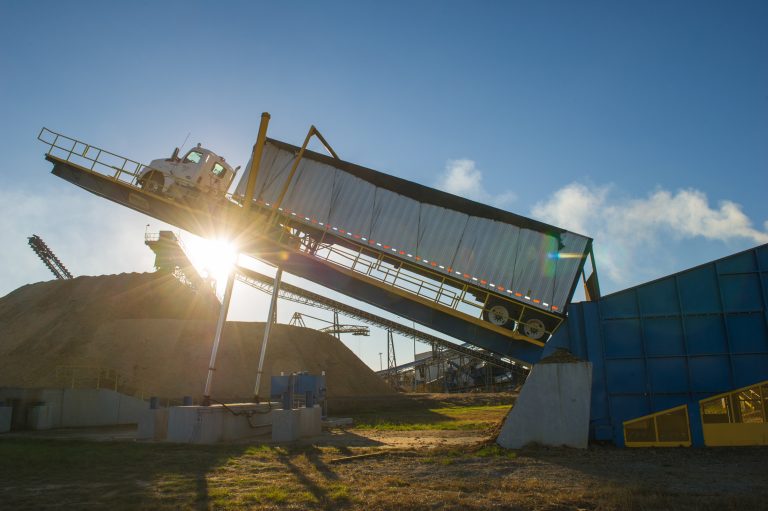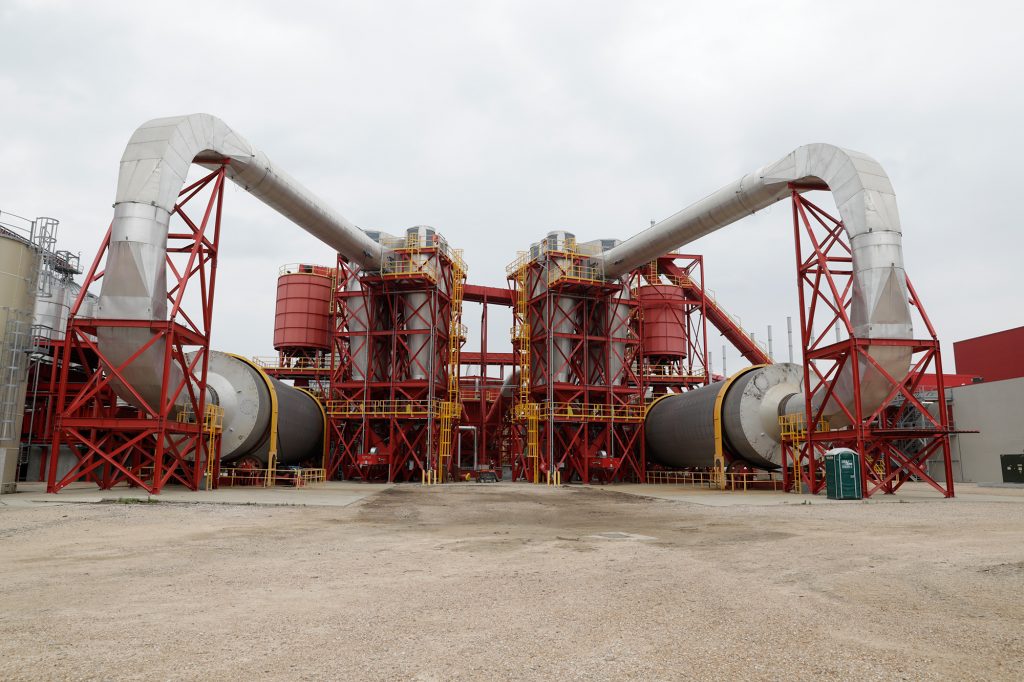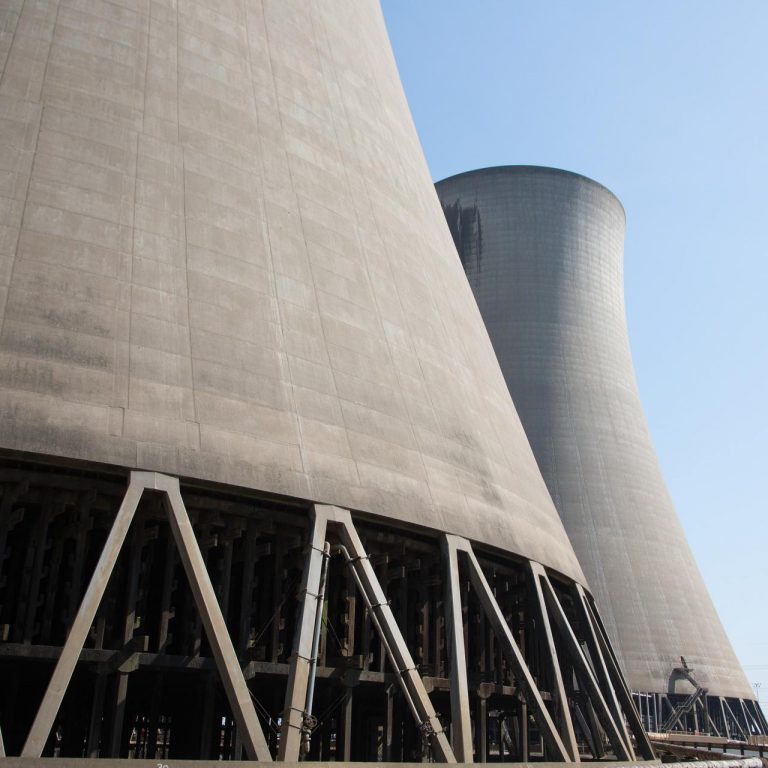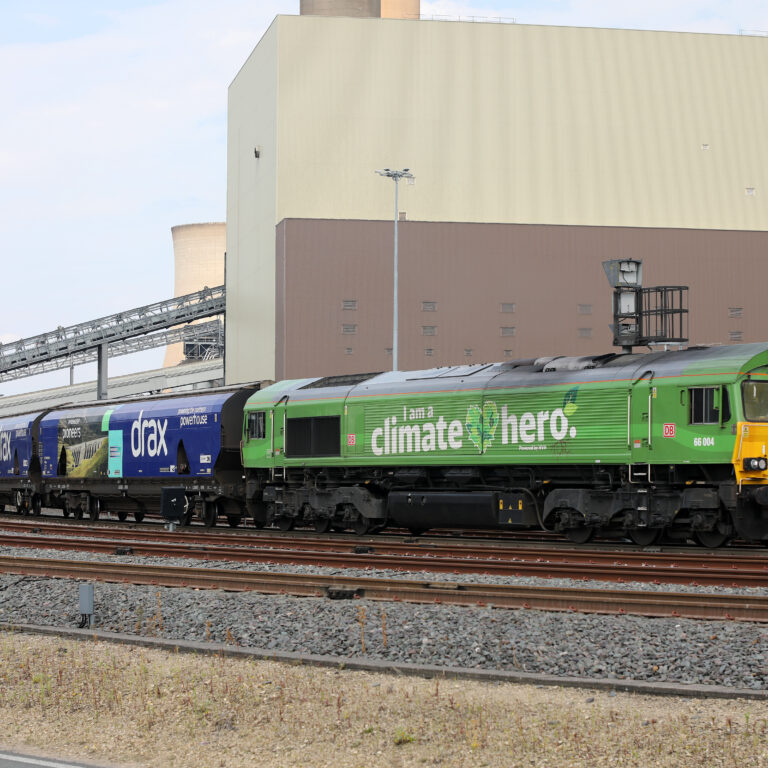We have increased the capacity at Drax Biomass Amite and Morehouse pellet plants to increase capacity and made them more greenhouse gas (GHG) efficient. Central to the projects was the addition of storage silos and handling equipment to allow increased use of dry shavings and other mill residuals. The developments included the addition of an extra truck dump at each facility to allow delivery of increased volumes of these feedstocks.

Use of mill residuals and dry shavings reduces the energy required to make a pellet, as such material does not need to be de-barked, chipped and re-sized in the same way as roundwood. Some of the material has a low moisture content and is therefore able to enter the process after the dryer, which effectively increases the capacity of each plant. This drives down the average GHG emission per tonne of pellets produced. A key measure of this is the KWh of electricity per tonne of pellets, and we saw this reduce by about 10% in the final months of the year compared with the start of the year, with further savings anticipated.

LaSalle BioEnergy in Louisiana
At LaSalle, a significant amount of our investment is going into allowing pellets to be transported to the port by rail, rather than truck. For the 250 km trip to Baton Rouge, a significant carbon saving compared to trucks will be achieved when LaSalle reaches its capacity of 450,000 tonnes per year. Moving pellets by rail should start in the next year.



















